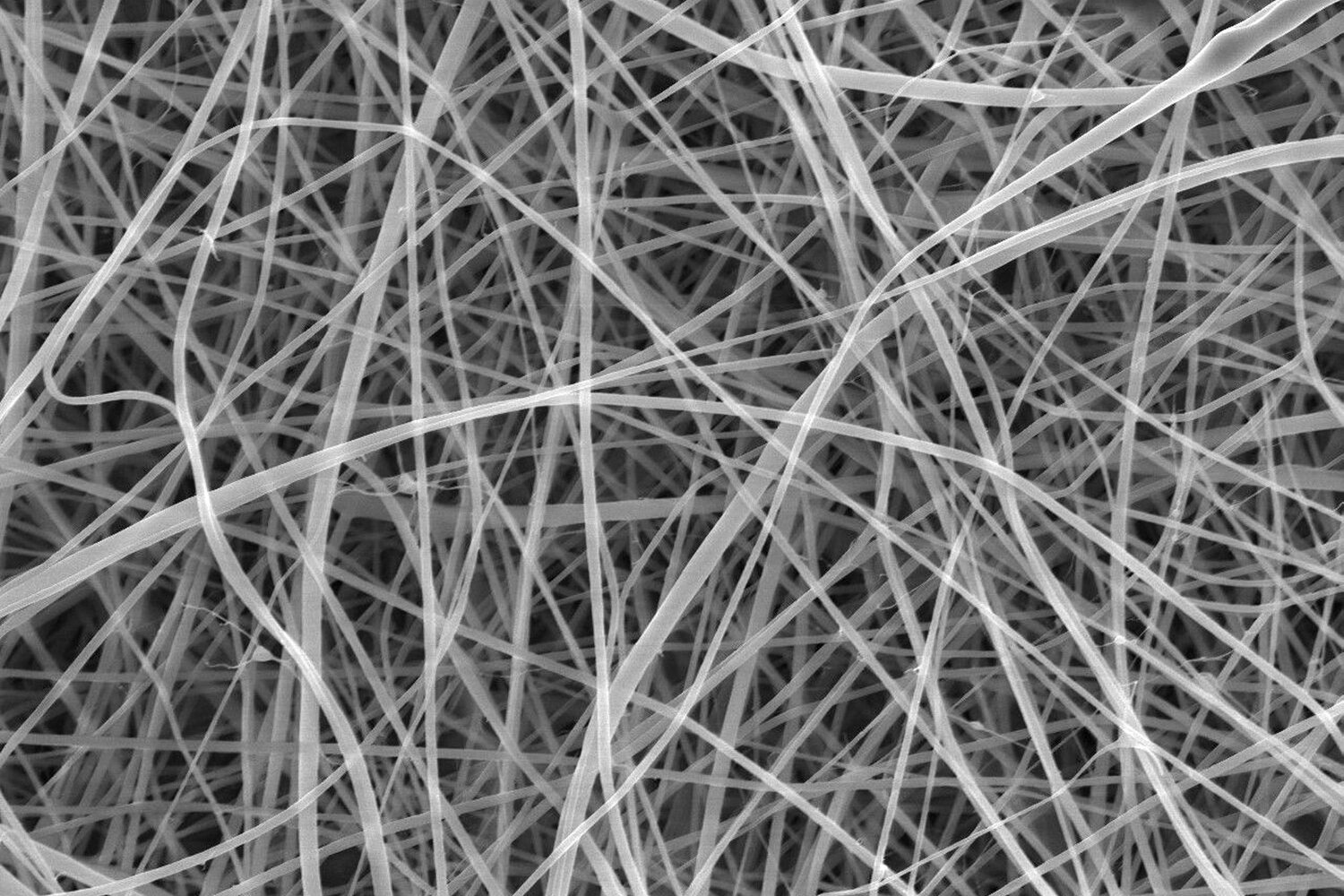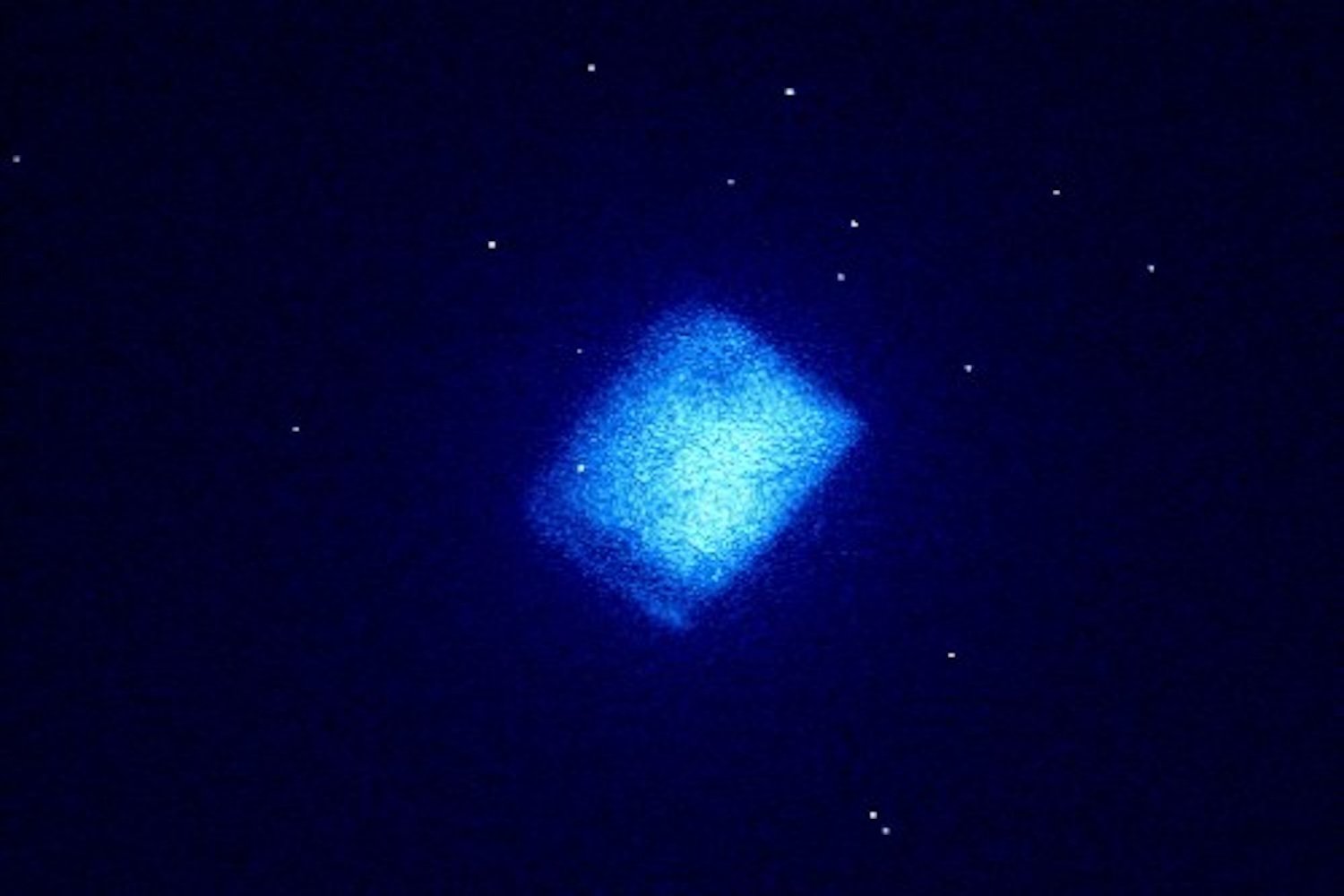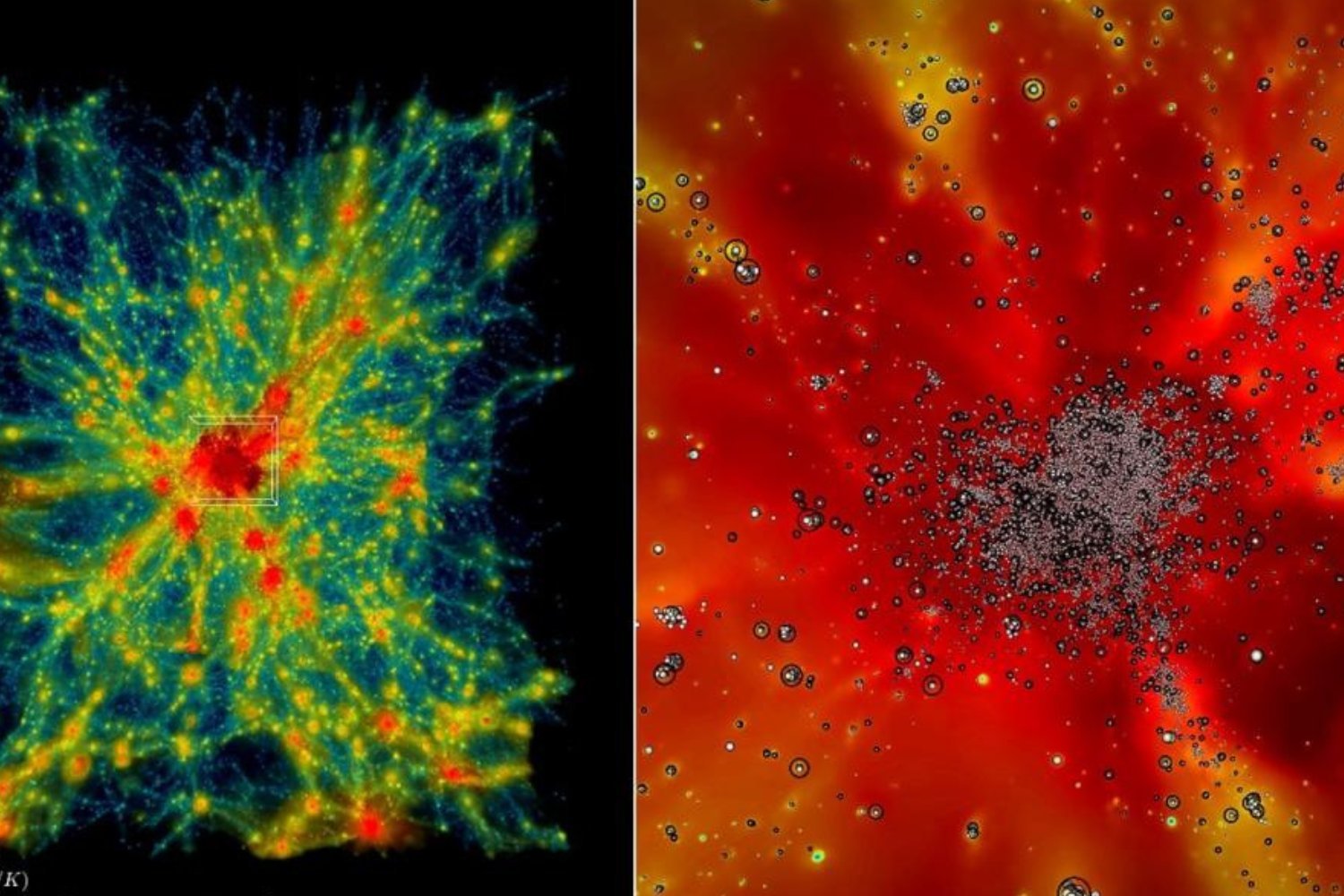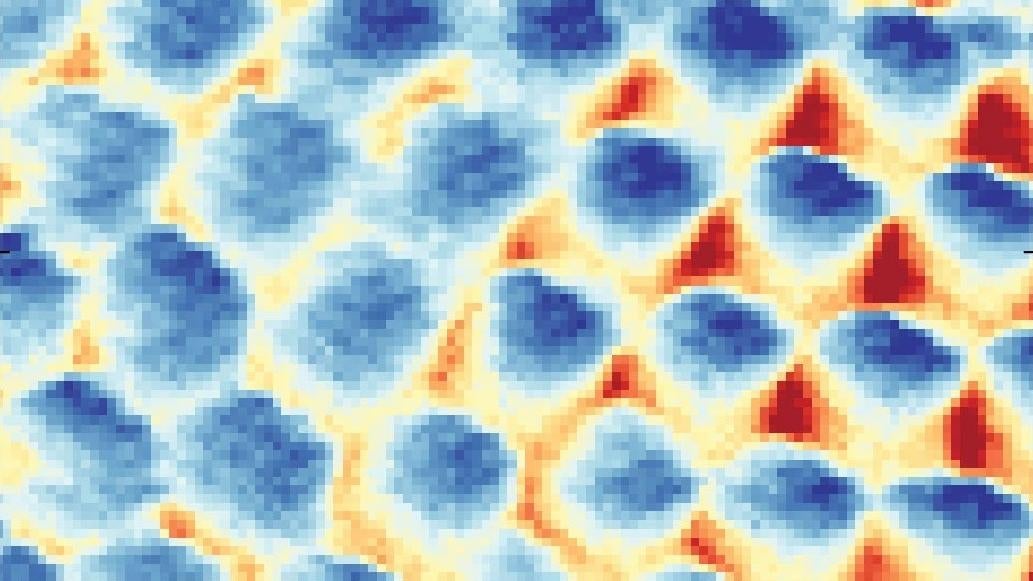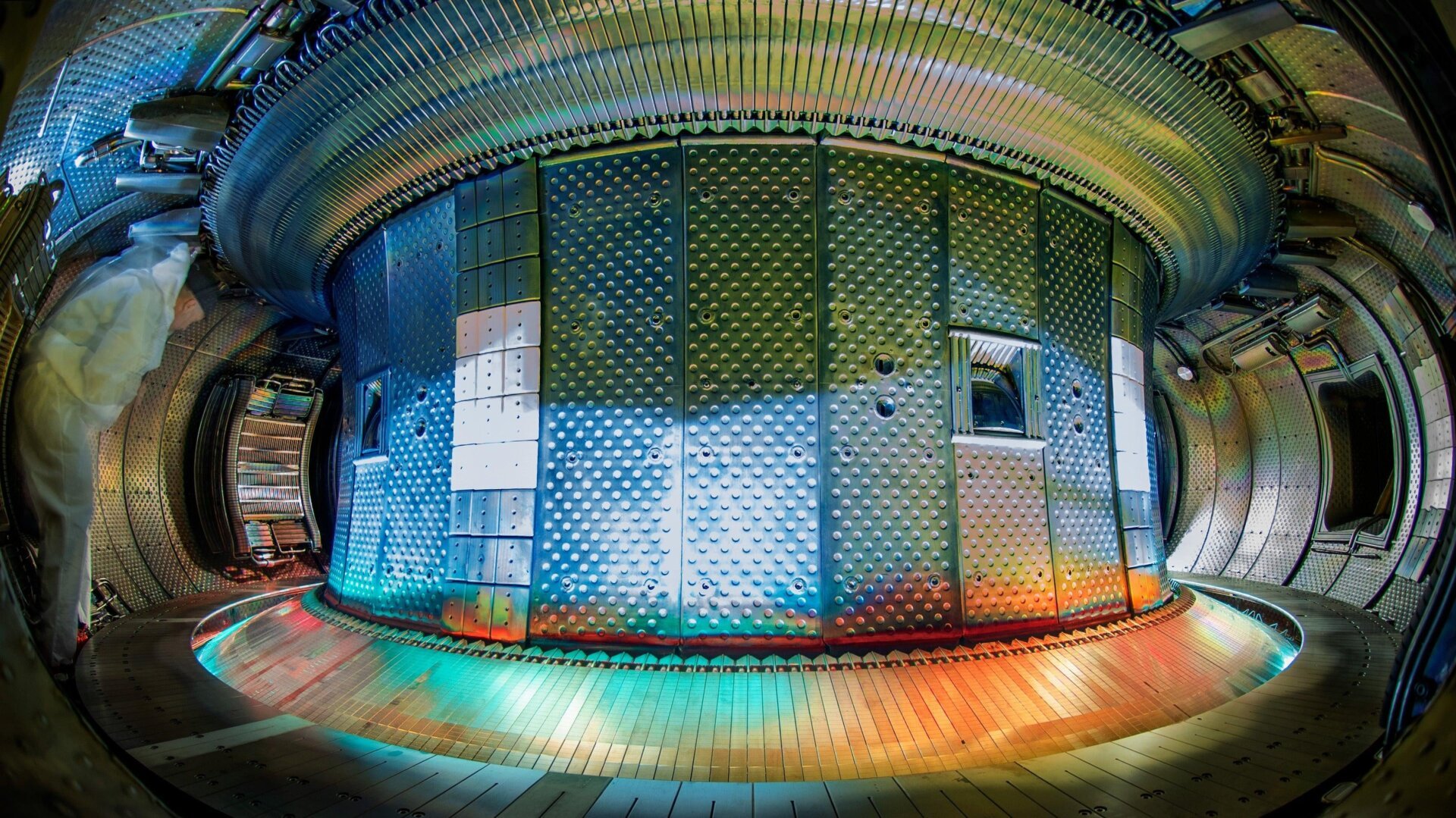Su filindeu, the traditional Sardinian pasta known as “threads of God,” held the title of the world’s thinnest pasta, with strands a mere 0.016 inches (400 microns) wide. However, a groundbreaking discovery has pushed su filindeu into second place, usurped by a contender approximately 1,000 times thinner.
Researchers at University College London (UCL) have created nanofibers, dubbed “nanopasta,” measuring an astonishing 15 millionths of an inch (372 nanometers) in diameter – thinner than some wavelengths of light. This innovative material, developed by graduate chemistry student Beatrice Britton, won’t be appearing on restaurant menus anytime soon (it would overcook instantaneously), but its potential applications in the medical field are significant. The findings were published last month in the journal Nanoscale Advances.
From Flour to Nanofibers: The Electrospinning Process
The creation of these nanofibers hinges on a readily available ingredient: starch. Derived from flour, this abundant, renewable resource offers a sustainable approach to nanofiber production. The process, known as electrospinning, involves passing a mixture of flour and liquid through a needle tip onto a metal plate, utilizing an electrical charge.
“To make spaghetti, you push a mixture of water and flour through metal holes. In our study, we did the same except we pulled our flour mixture through with an electrical charge,” explained UCL researcher Adam Clancy, who participated in the study. “It’s literally spaghetti but much smaller.”
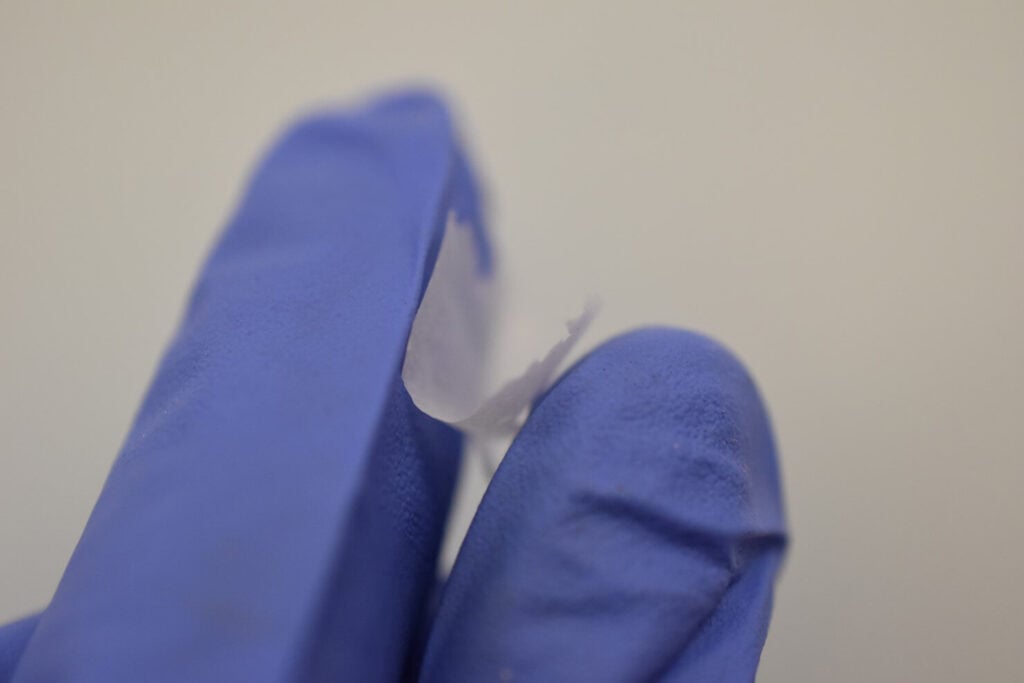 Nanofibers Held MatA researcher holds the mat of woven nanofibers between their fingers. © Beatrice Britton / Adam Clancy
Nanofibers Held MatA researcher holds the mat of woven nanofibers between their fingers. © Beatrice Britton / Adam Clancy
Overcoming Challenges with Starch-Rich Ingredients
Using starch-rich ingredients like flour presents a challenge. Components like protein and cellulose hinder the mixture’s ability to form fibers compared to pure starch. To address this, the team incorporated formic acid instead of water, effectively breaking down the starch’s spiral structure, which would otherwise be too large for nanofiber formation. The formic acid evaporates before the fibers reach the collection plate.
Measuring the Invisible: Scanning Electron Microscopy
The nanopasta fibers are so incredibly thin that they are invisible to standard optical microscopes. The team used a scanning electron microscope, which uses a focused beam of electrons, to measure the individual fibers. These microscopic strands were woven into a visible mat measuring 0.79 inches (2 centimeters) wide.
Scanning electron microscopeA magnified view of the nanopasta fibers as seen through a scanning electron microscope. © Beatrice Britton / Adam Clancy
Exploring the Future of Nanopasta
While the initial development of nanopasta is a significant achievement, the research is far from over. The next steps involve a comprehensive investigation into the material’s properties, including its disintegration rate, interaction with cells, and scalability for production.
Medical Marvel: Potential Applications of Nanopasta
“Starch is a promising material to use as it is abundant and renewable – it is the second largest source of biomass on Earth, behind cellulose – and it is biodegradable, meaning it can be broken down in the body,” explained Clancy. “But purifying starch requires lots of processing. We’ve shown that a simpler way to make nanofibers using flour is possible.” This biodegradability, combined with the nano-scale structure, positions nanopasta as a promising material for various medical applications. These include bandages, scaffolding for bone regeneration and tissue regrowth, and drug delivery systems.
Conclusion: From Culinary Curiosity to Medical Breakthrough
The creation of nanopasta highlights the innovative potential of readily available resources like flour. While far from its culinary counterpart, this microscopic “spaghetti” holds significant promise for advancing medical technology, offering biodegradable and biocompatible solutions for a range of healthcare needs. The ongoing research into nanopasta’s properties and potential applications could lead to significant advancements in regenerative medicine and drug delivery.



